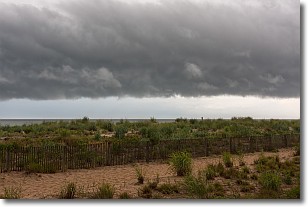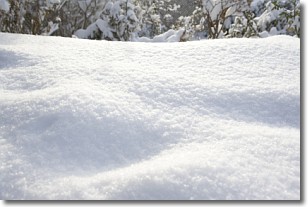Weather Alert in Missouri
Flood Warning issued June 7 at 9:10AM CDT until June 8 at 6:12AM CDT by NWS Springfield MO
AREAS AFFECTED: Pulaski, MO
DESCRIPTION: ...The Flood Warning is extended for the following rivers in Missouri... Roubidoux Creek Near Waynesville affecting Pulaski County. James River near Boaz affecting Stone and Christian Counties. Spring River at Carthage affecting Jasper County. Sac River near Caplinger Mills affecting Cedar County. ...The Flood Warning continues for the following rivers in Missouri... Current River near Powder Mill affecting Shannon County. Osage River at Taberville affecting St. Clair and Vernon Counties. Big Piney below Fort Leonard Wood -East Gate affecting Pulaski County. Little Osage River near Horton affecting Vernon County. Marmaton River near Nevada affecting Vernon County. ...The Flood Warning is cancelled for the following rivers in Missouri... Jacks Fork at Alley Spring affecting Shannon County. For the Roubidoux Creek...including Waynesville...Minor flooding is forecast. For the Big Piney River...including Fort Leonard Wood - East Gate... Minor flooding is forecast. For the James River...including Galena, Boaz...Minor flooding is forecast. For the Little Osage River...including Fulton, Horton...Minor flooding is forecast. For the Spring River...including Carthage, Waco, Baxter Springs... Minor flooding is forecast. For the Marmaton River...including Fort Scott, Nevada...Minor flooding is forecast. For the Osage River...including Taberville...Minor flooding is forecast. * WHAT...Minor flooding is occurring and minor flooding is forecast. * WHERE...Big Piney below Fort Leonard Wood - East Gate. * WHEN...Until tomorrow morning. * IMPACTS...At 10.0 feet, flood waters affect the lower TA 250 Training Area and Highway J east of Fort Wood East Gage. * ADDITIONAL DETAILS... - At 8:00 AM CDT Saturday the stage was 9.8 feet. - Bankfull stage is 8.0 feet. - Recent Activity...The maximum river stage in the 24 hours ending at 8:00 AM CDT Saturday was 9.8 feet. - Forecast...The river is expected to rise to a crest of 10.1 feet this afternoon. It will then fall below flood stage just after midnight tonight. - Flood stage is 8.0 feet. - http://www.weather.gov/safety/flood
INSTRUCTION: Turn around, don't drown when encountering flooded roads. Many flood deaths occur in vehicles. Additional information is available at www.weather.gov. The next statement will be issued this morning at 1015 AM CDT.
Want more detail? Get the Complete 7 Day and Night Detailed Forecast!
Current U.S. National Radar--Current
The Current National Weather Radar is shown below with a UTC Time (subtract 5 hours from UTC to get Eastern Time).

National Weather Forecast--Current
The Current National Weather Forecast and National Weather Map are shown below.

National Weather Forecast for Tomorrow
Tomorrow National Weather Forecast and Tomorrow National Weather Map are show below.

North America Water Vapor (Moisture)
This map shows recent moisture content over North America. Bright and colored areas show high moisture (ie, clouds); brown indicates very little moisture present; black indicates no moisture.

Weather Topic: What are Shelf Clouds?
Home - Education - Cloud Types - Shelf Clouds
 Next Topic: Sleet
Next Topic: Sleet
A shelf cloud is similar to a wall cloud, but forms at the front
of a storm cloud, instead of at the rear, where wall clouds form.
A shelf cloud is caused by a series of events set into motion by the advancing
storm; first, cool air settles along the ground where precipitation has just fallen.
As the cool air is brought in, the warmer air is displaced, and rises above it,
because it is less dense. When the warmer air reaches the bottom of the storm cloud,
it begins to cool again, and the resulting condensation is a visible shelf cloud.
Next Topic: Sleet
Weather Topic: What is Snow?
Home - Education - Precipitation - Snow
 Next Topic: Stratocumulus Clouds
Next Topic: Stratocumulus Clouds
Snow is precipitation taking the form of ice crystals. Each ice crystal, or snowflake,
has unique characteristics, but all of them grow in a hexagonal structure.
Snowfall can last for sustained periods of time and result in significant buildup
of snow on the ground.
On the earth's surface, snow starts out light and powdery, but as it begins to melt
it tends to become more granular, producing small bits of ice which have the consistency of
sand. After several cycles of melting and freezing, snow can become very dense
and ice-like, commonly known as snow pack.
Next Topic: Stratocumulus Clouds
Current conditions powered by WeatherAPI.com




